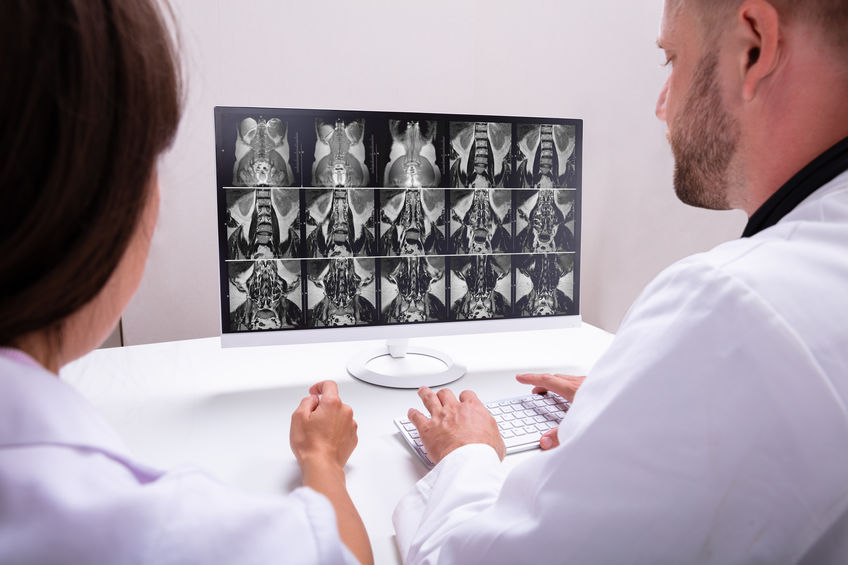It is no secret that artificial intelligence (AI) and machine learning (ML) technologies can unearth buried “treasure” hidden in volumes of unstructured and structured data, including images. According to McKinsey Global Institute’s research, as of 2030, 70% of companies will implement at least one of five types of AI: computer vision, natural language, virtual assistants, robotic process automation (RPA), and advanced ML. Government agencies and large enterprises already use AI/ML to detect fraud, waste, and abuse in unemployment, healthcare, and other types of publicly funded benefit programs. Recently, a growing number of enterprises are investing in AI to engage in cutting-edge image analytics.
AI-powered image analysis techniques and tools can provide new pathways to better healthcare, economic, and mission outcomes. In healthcare, for example, radiologists were early adopters of AI-driven image analysis technology; it helps them diagnose patients more accurately and detect disease earlier. Using AI for image analysis, radiologists can detect and diagnose pre-cancerous lesions, early-stage brain tumors, small abnormalities in mammography screenings, and internal bleeding – that can be invisible to the human eye.
Researchers apply convolutional neural networks (CNN) – another AI technique – to analyze more common forms of cardiovascular imaging, like EKGs, to detect heart disease earlier and reduce the need for risky and expensive open-heart surgery. Deep learning algorithms augment MRI data by assessing texture, volume, and shape to enhance cancer diagnosis, often eliminating the need for biopsies. Microsoft’s promising InnerEye research project uses advanced ML to automate quantitative analysis of 3D medical images. According to Project InnerEye, their goal is to “democratize AI for medical image analysis and empower researchers, hospitals, life science organizations, and healthcare providers to build medical imaging AI models using Microsoft Azure.”
Meanwhile, the U.S. Food and Drug Administration (FDA) is accelerating its review and approval of technology that augments diagnostic image reviews and automates image processing. Another benefit of this approach to image analysis is that it offers the chance to upskill a more diverse workforce for future jobs. To reduce the constant backlog of imaging-related tasks, the FDA recently cleared IDx-DR. This AI-enabled device upskills non-traditionally trained personnel to take high-quality images to detect diabetic retinopathy.
At Reveal, we apply proprietary AI/ML technology to analyze satellite images, enhance situational awareness and detect pandemic-prone pathogens, such as COVID-19, across a range of imagery using proprietary techniques. We specialize in the design, development, and implementation of innovative, advanced analytics solutions to deliver insights that shape a future filled with better outcomes – for patients, scientists, service providers, and people from all walks of life.
Contact us to learn how Reveal can help you solve your business challenges using advanced analytics solutions.
